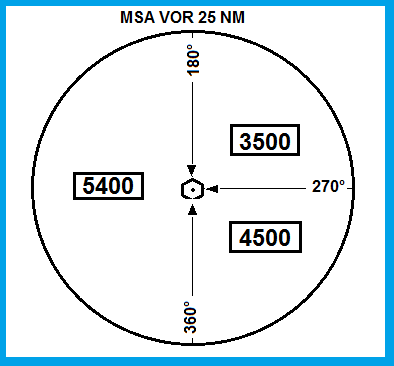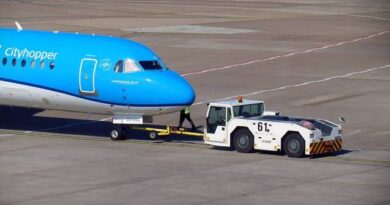What is MSA-Minimum Sector Altitude?
MSA stands for Minimum Sector Altitude. It is the lowest altitude that an aircraft can safely fly under emergency conditions within a sector of a circle with a radius of 25 nautical miles (46 kilometers) centered on a radio navigation aid. The MSA must provide a minimum clearance of 1,000 feet (300 meters) above all obstacles in the sector.
Why is MSA important?
MSA is important because it provides a safe altitude for aircraft to fly in when they are experiencing an emergency. For example, if an aircraft loses power, the pilot can fly to the MSA and circle until help arrives. The MSA also helps to prevent aircraft from colliding with obstacles, such as mountains or buildings.
How is Minimum Sector Altitude determined?
MSA is determined by the local air traffic control authority. They will consider factors such as the terrain, obstacles, and the capabilities of the aircraft when determining the MSA. The MSA is typically published on approach charts and other navigation documents.

What are the MSA requirements for pilots?
Pilots must be aware of the MSA for the area in which they are flying. They must also comply with the MSA when they are operating under emergency conditions.
Conclusion
MSA is an important safety measure that helps to protect aircraft from colliding with obstacles and from experiencing other emergencies. Pilots must be aware of the MSA for the area in which they are flying and must comply with the MSA when they are operating under emergency conditions.
References:
https://skybrary.aero/articles/minimum-sector-altitude-msa
https://www.faa.gov/air_traffic/publications/atpubs/pcg_html/glossary-m.html
https://www.pilotscafe.com/glossary/minimum-safe-altitude-msa/


